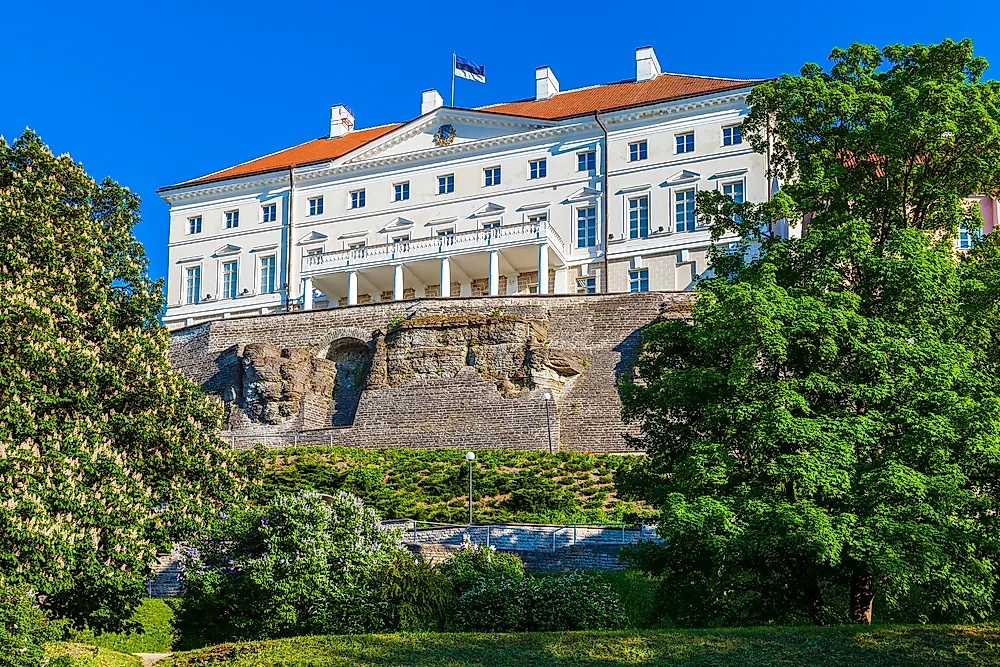Where Does The Prime Minister Of Estonia Live?

Stenbock House is the official residence of the Prime Minister of Estonia, and has served as the official seat of the Government of Estonia since 2000. Located in Tallinn, Estonia's capital and most populous city, the building was designed by architect Johann Caspar Mohr and built between 1787 and 1792, to serve as the residence of Count Jakob Pontus Stenbock. Following Stenbock's death in 1828, the residence was used for various purposes until 1891, when it became a courthouse. Stenbock House remained as a courthouse until 1987, and was then unoccupied until 1996, when it underwent renovations to become the seat of Estonia's government, reopening again in 2000.
History of Stenbock House
Stenbock House was constructed during a period when the Governorate of Estonia was part of the Russian Empire. Imperial Russia introduced a plan to construct new buildings for administration purposes, and Count Jakob Pontus Stenbock, who was also a landowner with an estate in Hiiumaa, was awarded the tender to construct a new building that would be designed by architect Johann Caspar Mohr. However, the Russian government became short of funds given the ongoing Russo-Turkish War, and the building was left unfinished. The state became indebted to Stenbock, and the building eventually became his property. The building, which was named after Stenbock, changed ownership numerous times after his death until it became property of the Governorate in 1899. Stenbock House was used as a courthouse between 1919 and 1940, which was the first period of Estonia's independence, as well as during Soviet occupation, which lasted until 1991. While under Soviet rule, the building was neglected, and when Estonia became independent again in 1991, Stenbock House required significant renovations. These renovations occurred between 1996 and 2000, when it officially became the seat of the Estonian Government.
Architecture
At the time of its construction, Stenbock House was intended as a state office, specifically a courthouse, rather than a palace, and therefore both the exterior and interior are relatively modest in appearance. The building, which was designed in the neo-classicism architectural style, contains a main building and an outbuilding that included a warehouse, stables, carriage house, jail guards, and living quarters for court attendants. It is semi-circular on the side facing the courtyard, and was intentionally constructed to be enclosed on all directions to seclude the building and make it a suitable jailhouse. The outbuilding was detached from the main building until its reconstruction in 1891. The first story windows were also reconstructed in an oval shape, as they appeared during the 18th century.
Office of the Prime Minister
The Prime Minister's office is furnished with furniture from Toompea Castle, which had served all former heads of Estonia's government. The furniture is dark brown color and combines gothic and baroque styles. The Prime Minister's office also features of one Stenbock House's two fireplaces.







